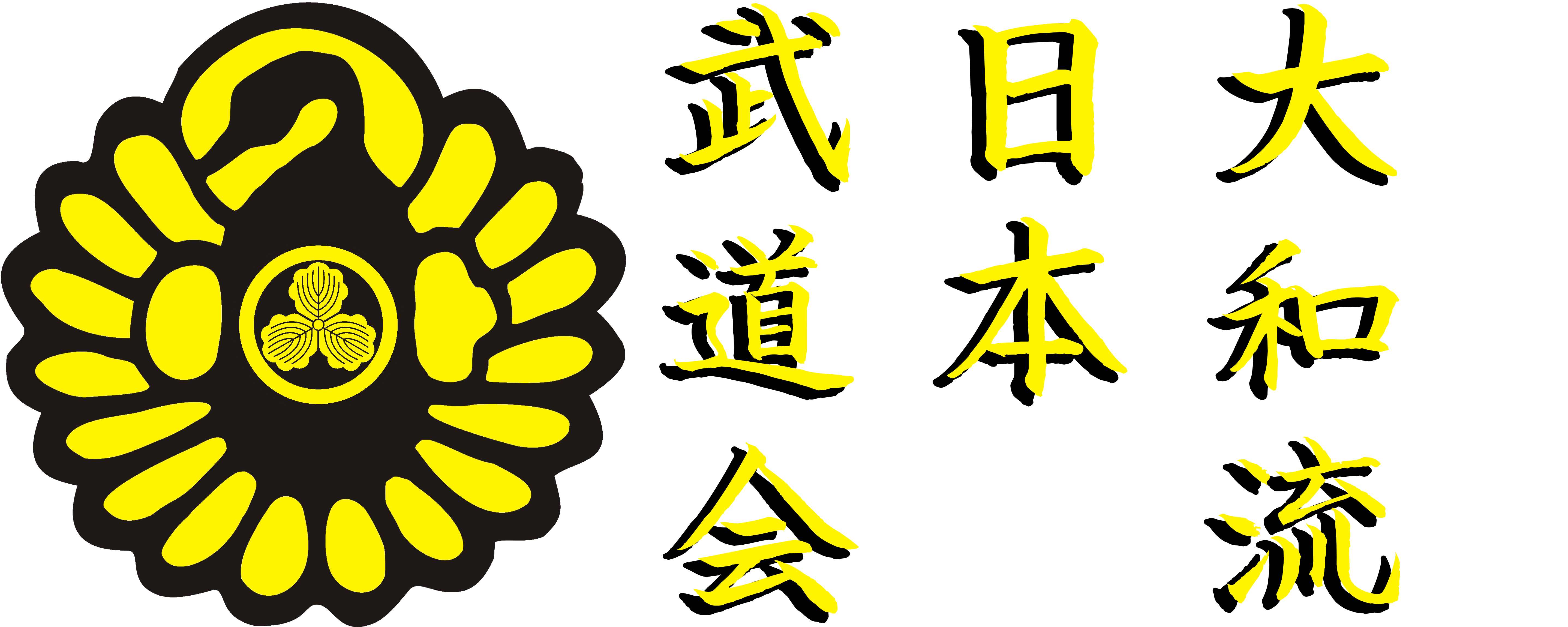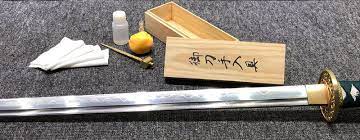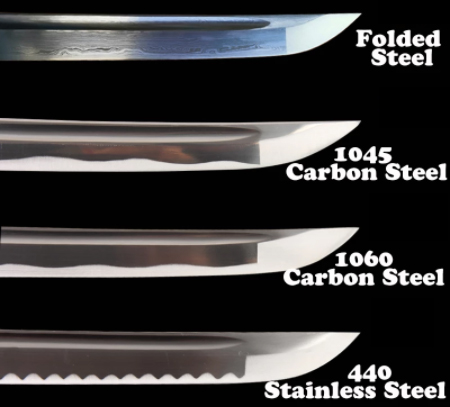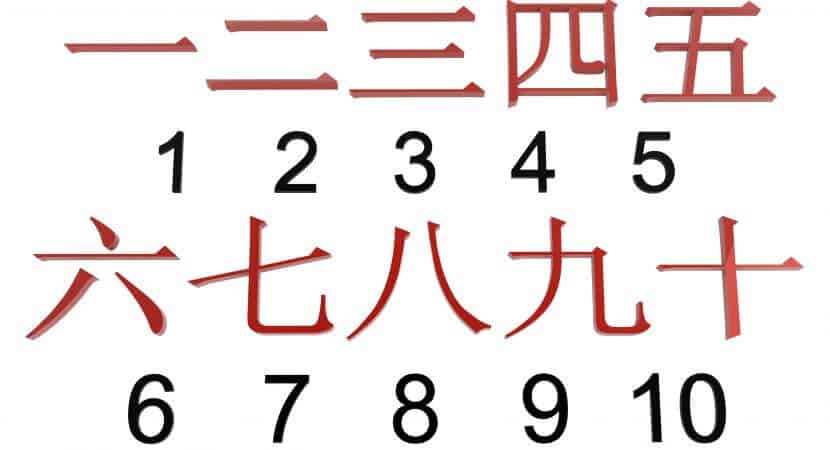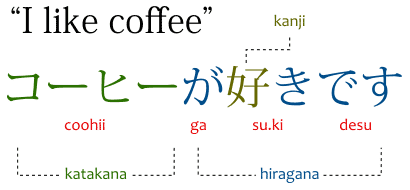You must be logged in to view this content.
Blog
In the rich tapestry of Japanese martial arts, where discipline and tradition are revered, one event stands out as a symbol of renewal, camaraderie, and unyielding spirit—Kagami Biraki (鏡開き). Translated as “Opening the Mirror,” Kagami Biraki is a time-honored tradition deeply embedded in the ethos of Japanese martial arts, bringing […]
You must be logged in to view this content.
You must be logged in to view this content.
A video by Tozando International on how to wax your Bokuto
Tokugawa Ieyasu was born in Okazaki Castle in Mikawa. Originally named Matsudaira Takechiyo (松平竹千代), he was the son of Matsudaira Hirotada (松平広忠), the daimyo of Mikawa, and Odainokata (於大の方), the daughter of a neighboring samurai lord Mizuno Tadamasa (水野忠政). In 1548, when the Oda clan invaded Mikawa, Hirotada turned to […]
1 Ichi 一 2 Ni 二 3 San 三 4 Yon / Chi 四 5 Go 五 6 Roku 六 7 Nana / Shichi 七 8 Hachi 八 9 Kyu 九 10 Ju 十 11 Ju Ichi 十一 12 Ju ni 十二 13 Ju San 十三 14 Ju Yon 十四 […]
Gojuo Romanized Sylabels Hiragana Katakana A あ ア I い イ U う ウ E え エ O お オ Ka か カ Ki き キ Ku く ク Ke け ケ Ko こ コ Sa さ サ Shi し シ Su す ス Se せ セ So そ ソ […]
